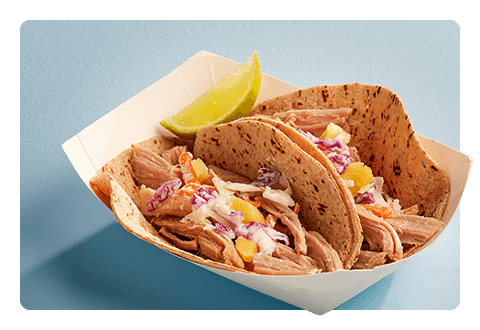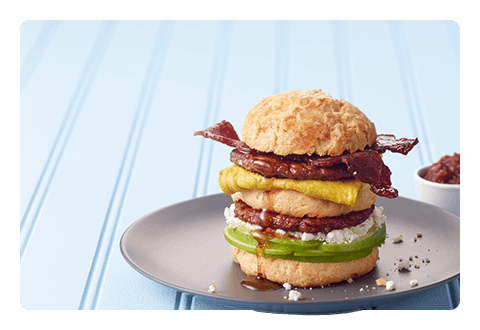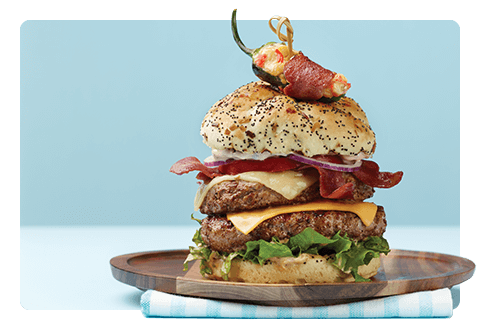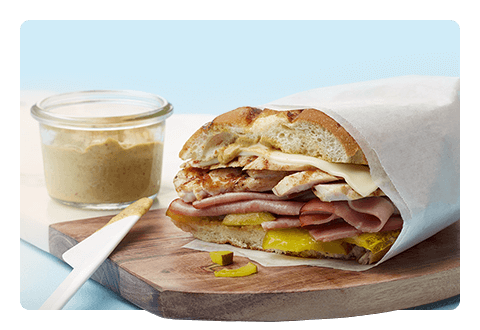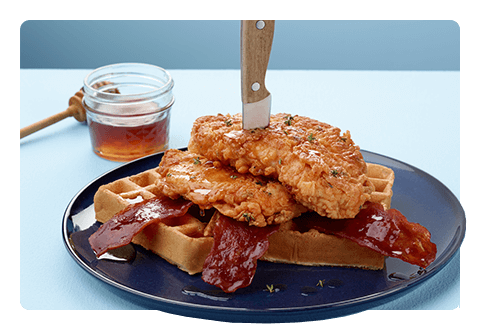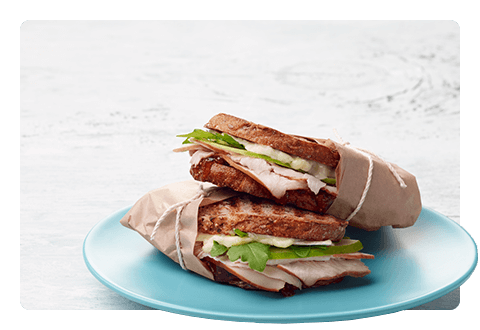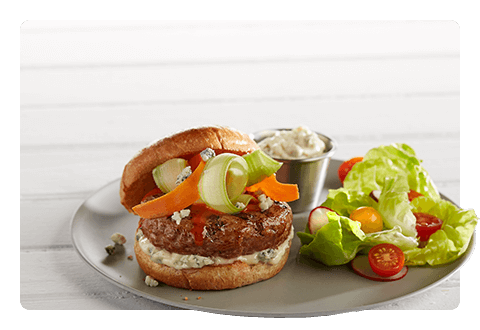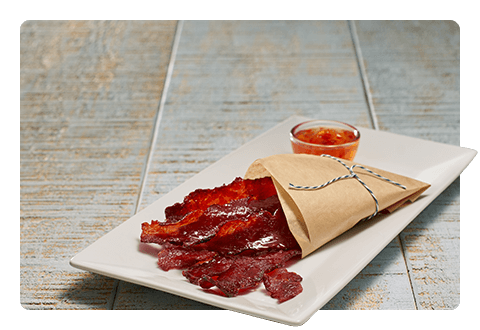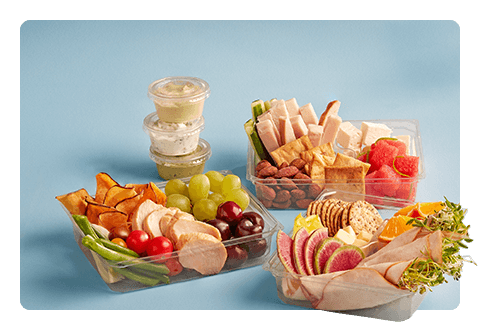How Modern Payment Systems Are Changing the Customer Experience
September 2018
For diners, convenience is king. Faster lifestyles have created a foodservice market that rewards shorter waits and fewer steps. Consequently, technological advancements have led to a surge of new payment products and practices in foodservice. Keep reading for a glimpse at some of the innovative payment systems flooding the industry:
- At full-service restaurants, pay-at-the-table solutions greatly benefit customers and operators. One variation of this includes paying bills with a mobile POS system brought by the waitstaff, consolidating the payment process to one step. Another is installing touch screens at the table that can handle taking orders as well as payments, empowering waitstaff to focus solely on providing quality service.
- Digital-friendly payment options are rewarding quick-service and fast-casual restaurants. Operations that offer mobile apps and online ordering have experienced more frequent patron visits, higher check totals and greater customer loyalty. This is likely attributable to the rewards programs built into most restaurant apps.
- Operations with contactless and card-not-present payment systems are also improving customers’ experiences. When you need only a phone, smartwatch or key fob to pay for your meal, dining out becomes a convenient option for even the busiest days. Cloud-based payments are pushing this idea even further, as restaurants that have implemented these systems enable customers to get their food and go without the hassle of waiting in line.
- Facial recognition as a form of payment is still in the testing phase but may someday be a reality. Starting with its Pasadena, California, location, CaliBurger implemented a payment system in which customers enrolled in its loyalty program can pay with a smile and a simple security code. So far, the customer response has reportedly been positive. A KFC brand in China has unveiled a similar system that not only scans users’ faces to process their order but also predicts which items they’re interested in ordering based on age, mood and gender.
As the foodservice industry continues to evolve, it’s impossible to tell which trends will stick around. For example, some people believe automated facial recognition is a violation of privacy, which has led to the technology becoming increasingly regulated. What’s certain, though, is that progress like this can have a positive impact on diner experiences in addition to helping operators become more efficient and profitable.
Have you implemented a new payment system in your operation? Do you think facial recognition will take off in foodservice? Join the discussion on Facebook and LinkedIn. For more relevant industry insights, visit our Resource Center.
SOURCES
8 Ways Payment Technology Can Change How You Serve Guests, Hospitality Technology, September 2017.
Fast food just got faster: How payments technology is reshaping the restaurant industry, Worldpay, March 2017.
Tanyeri, Dana. The Future of Automation in Foodservice, Foodservice Equipment & Supplies, May 2018.
Wu, Leslie. Big Burger Is Watching You, And Other Ways Facial Recognition Software Is Entering Foodservice, Forbes, December 2017.
Clifford, Catherine. You can pay for your burger with your face at this fast food restaurant, thanks to A.I., CNBC, February 2018.
Mullen, Jethro, and Wang, Serenitie. Pay with your face at this KFC in China, CNN, September 2017.



